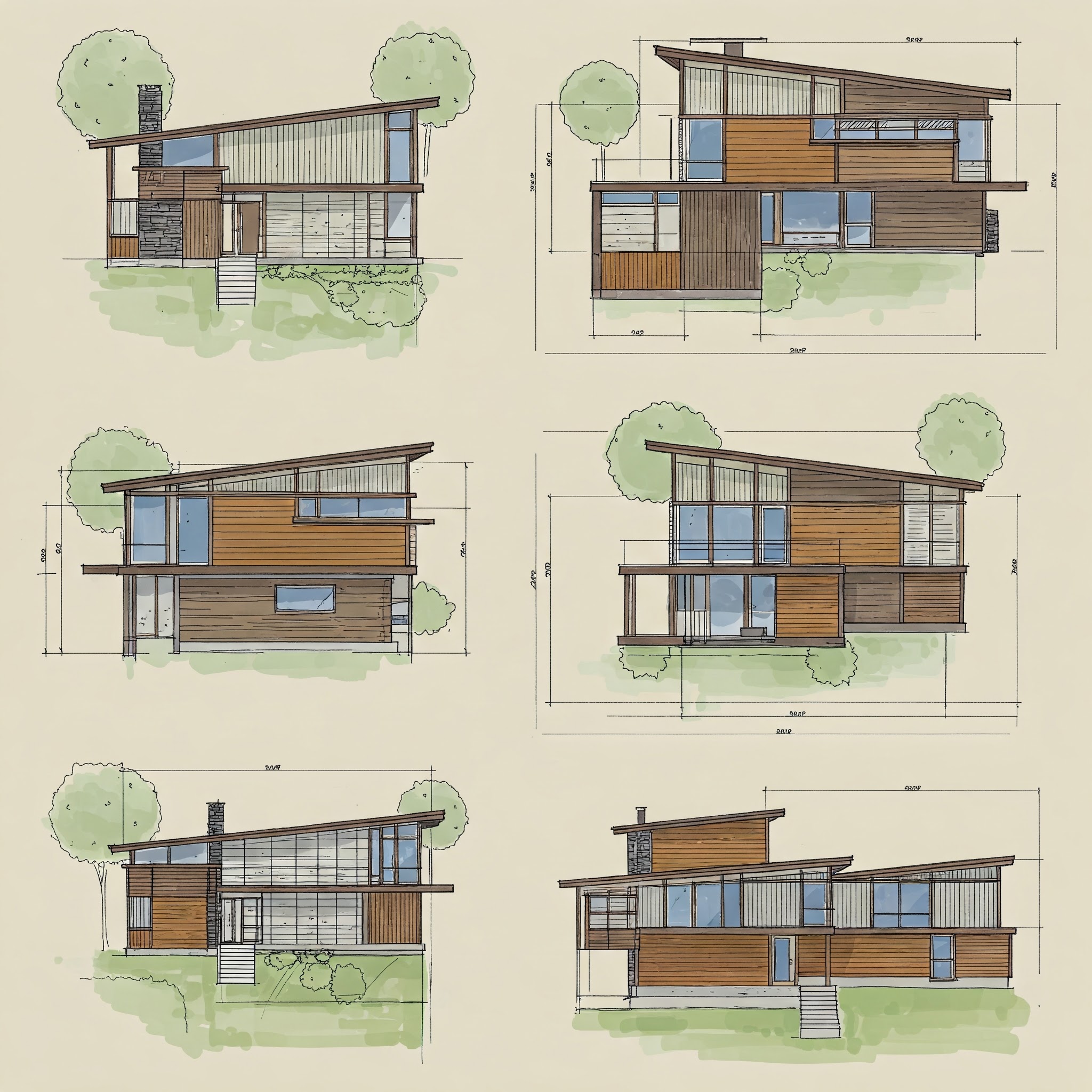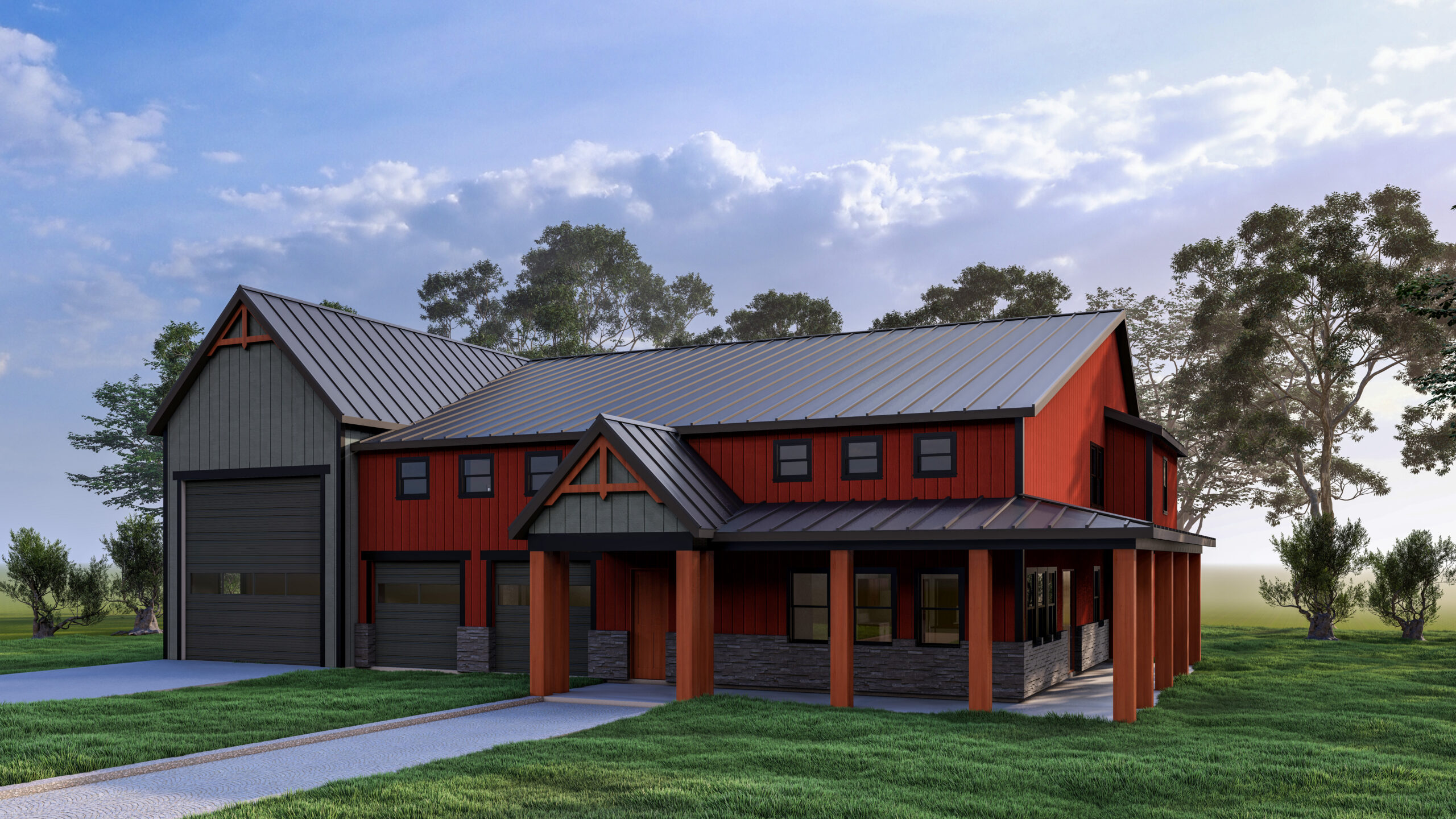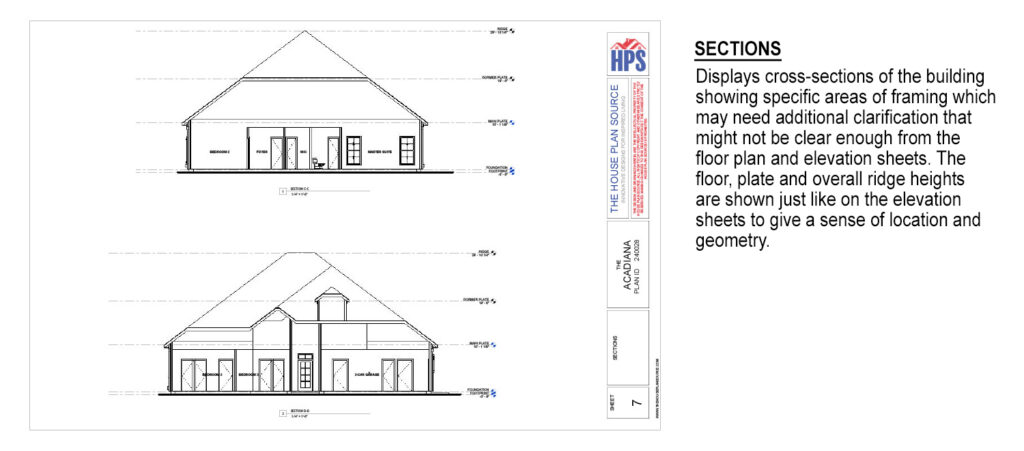

Table of Contents
ToggleAs climate change and environmental concerns take center stage, modern house plans are redefining the way we live by prioritizing sustainability. These innovative designs incorporate energy-efficient layouts, eco-friendly materials, and smart home technology to reduce carbon footprints while enhancing comfort and functionality. From solar panels and rainwater harvesting to passive heating and cooling systems, contemporary homes seamlessly blend style with sustainability.
Homeowners can benefit from cheaper energy expenses, a healthier interior atmosphere, and a smaller environmental effect by adopting these innovative designs. So, let’s stay with us!
Energy efficiency is at the heart of modern house plans, ensuring that homes consume less energy while maintaining comfort and functionality. strategically design layouts that maximize natural light, reducing the need for artificial lighting during the day. Passive solar design plays a crucial role, with well-placed windows capturing and retaining heat in colder months while minimizing overheating in summer. Smart lighting systems, such as LED technology, further enhance efficiency by adapting to energy demands.
Solar panels have become a staple in contemporary homes, harnessing renewable energy to lower dependence on fossil fuels and reduce electricity costs. Additionally, high-performance insulation and airtight construction prevent heat loss, improve temperature regulation, and decrease energy waste.
These features not only contribute to a lower carbon footprint but also offer long-term savings on energy bills. Modern house plans provide a new benchmark for sustainable living by incorporating these energy-efficient features, striking a balance between comfort, innovation, and environmental responsibility.
Sustainability is a key principle in modern house plans, with eco-friendly materials playing a crucial role in reducing environmental impact. Many contemporary homes utilize recycled, repurposed, or rapidly renewable resources to promote greener construction. Bamboo flooring has emerged as a popular choice, offering a sustainable and durable alternative to traditional hardwood.
Recycled steel and reclaimed wood help minimize deforestation and reduce the demand for virgin materials, making construction more environmentally responsible. Additionally, low-VOC paints and finishes contribute to healthier indoor air quality by eliminating harmful toxins and emissions.
Innovative building materials like hempcrete and rammed earth provide excellent insulation, durability, and sustainability, further enhancing a home’s energy efficiency. Modern home designs incorporate these materials to produce healthier and more sustainable living areas while also reducing ecological footprints.
The rise of smart home technology has revolutionized modern house plans, offering homeowners greater control over energy use and resource management. Automated systems seamlessly regulate heating, cooling, lighting, and security, making homes more efficient and convenient. Smart thermostats optimize energy consumption by adjusting temperatures based on occupancy, reducing unnecessary heating and cooling costs. Energy monitoring systems provide real-time insights into power usage, helping homeowners make informed decisions to reduce waste.
Automated window shades adjust throughout the day to maximize natural light and improve indoor climate control, reducing reliance on artificial lighting and HVAC systems. Water recycling systems further enhance sustainability by repurposing gray water for irrigation and plumbing, cutting down on water wastage. Modern homes that integrate these clever advances strike a compromise between state-of-the-art convenience and environmental responsibility, opening the door to a more sustainable future.
The House Plan Source offers sustainable designs that integrate eco-friendly materials and smart technology, ensuring energy efficiency, comfort, and minimal environmental impact.

Modern house plans prioritize space optimization, ensuring that every square foot serves a purpose while minimizing material waste. A key principle in contemporary design is minimalism, which emphasizes functionality without unnecessary clutter. Open concept living areas not only enhance airflow and allow natural light to flood the home but also create a sense of spaciousness.
Compact and modular furniture designs cater to smaller homes by offering adaptability, such as foldable tables, wall-mounted desks, and sofa beds. Multi-purpose rooms, like home offices that double as guest bedrooms, provide flexibility for evolving lifestyle needs. Additionally, vertical gardens and green roofs present eco-friendly solutions for urban dwellers, allowing homeowners to integrate greenery even in limited spaces. These strategies contribute to more sustainable and efficient home layouts, reducing construction waste while enhancing comfort and usability.
Net-zero and off-grid homes represent the pinnacle of sustainability, generating as much or more energy than they consume. Many modern house plans now incorporate features that reduce dependence on public utilities, making self-sufficient living more accessible. High-efficiency solar panels provide clean, renewable energy, cutting down on electricity costs and reliance on fossil fuels. Rainwater harvesting systems collect and filter rainwater for household use, reducing freshwater consumption and promoting conservation.
Alternative energy sources, such as wind turbines and geothermal heating, further contribute to a home’s self-sufficiency. To ensure an uninterrupted power supply, battery storage systems store excess energy, allowing homeowners to use it during periods of low solar or wind output. Net-zero houses provide long-term financial savings and energy security in addition to reducing their environmental effect by including these sustainable elements.
Water conservation is a fundamental aspect of modern house plans, with innovative design elements promoting responsible water use both inside and outside the home. Sustainable landscaping techniques, such as rainwater collection systems and drip irrigation, significantly reduce water waste by delivering moisture directly to plant roots. Many homeowners are also opting for native and drought-resistant plants, which require minimal watering and thrive in local climates, cutting down on irrigation needs.
Permeable pavements are another eco-friendly addition, allowing rainwater to seep into the ground and replenish natural water sources rather than contributing to runoff and erosion. Inside the home, low-flow fixtures, including faucets, showerheads, and toilets, help reduce daily water consumption without sacrificing performance. These water-saving strategies ensure that modern homes not only support sustainable living but also contribute to environmental conservation on a larger scale.
Modern house plans prioritize not only sustainability but also the well-being of their occupants. With a growing awareness of how indoor environments impact health, contemporary home designs integrate features that enhance air quality, natural lighting, and overall comfort. Air purification systems play a crucial role in filtering out allergens, pollutants, and toxins, ensuring cleaner indoor air and reducing respiratory issues. Large windows and skylights are strategically placed to allow ample natural light, which has been proven to boost mood, productivity, and overall mental health.
Biophilic design, which incorporates natural materials, indoor plants, and organic textures, fosters a deeper connection to nature and enhances relaxation. Additionally, non-toxic building materials, such as low-VOC paints and formaldehyde-free insulation, contribute to a healthier living space by minimizing indoor air pollution. These features collectively create a home that supports both physical and mental well-being, making sustainable living not just an environmental choice but also a lifestyle upgrade.
Modern house plans go beyond aesthetics; they serve as a blueprint for a more sustainable and responsible future. These homes offer a complete solution for living sustainably by combining eco-friendly materials, smart technology, energy efficiency, and optimal space management. Including net-zero energy features, such as solar panels and rainwater harvesting systems, reduces reliance on conventional utilities, leading to long-term financial savings.
Additionally, sustainable landscaping and water conservation efforts further minimize environmental impact while maintaining functionality and beauty. The health-focused aspects of modern homes, including improved indoor air quality and biophilic design, contribute to a more comfortable and enriching living experience. As more homeowners recognize the benefits of sustainable living, modern house plans will continue to evolve, shaping the future of residential.
The House Plan Source serves as a valuable resource for homeowners seeking sustainable and innovative designs. Offering modern house plans that emphasize energy efficiency, eco-friendly materials, and smart technology, it helps individuals create homes that reduce environmental impact while enhancing comfort, wellness, and long-term savings.
Notifications